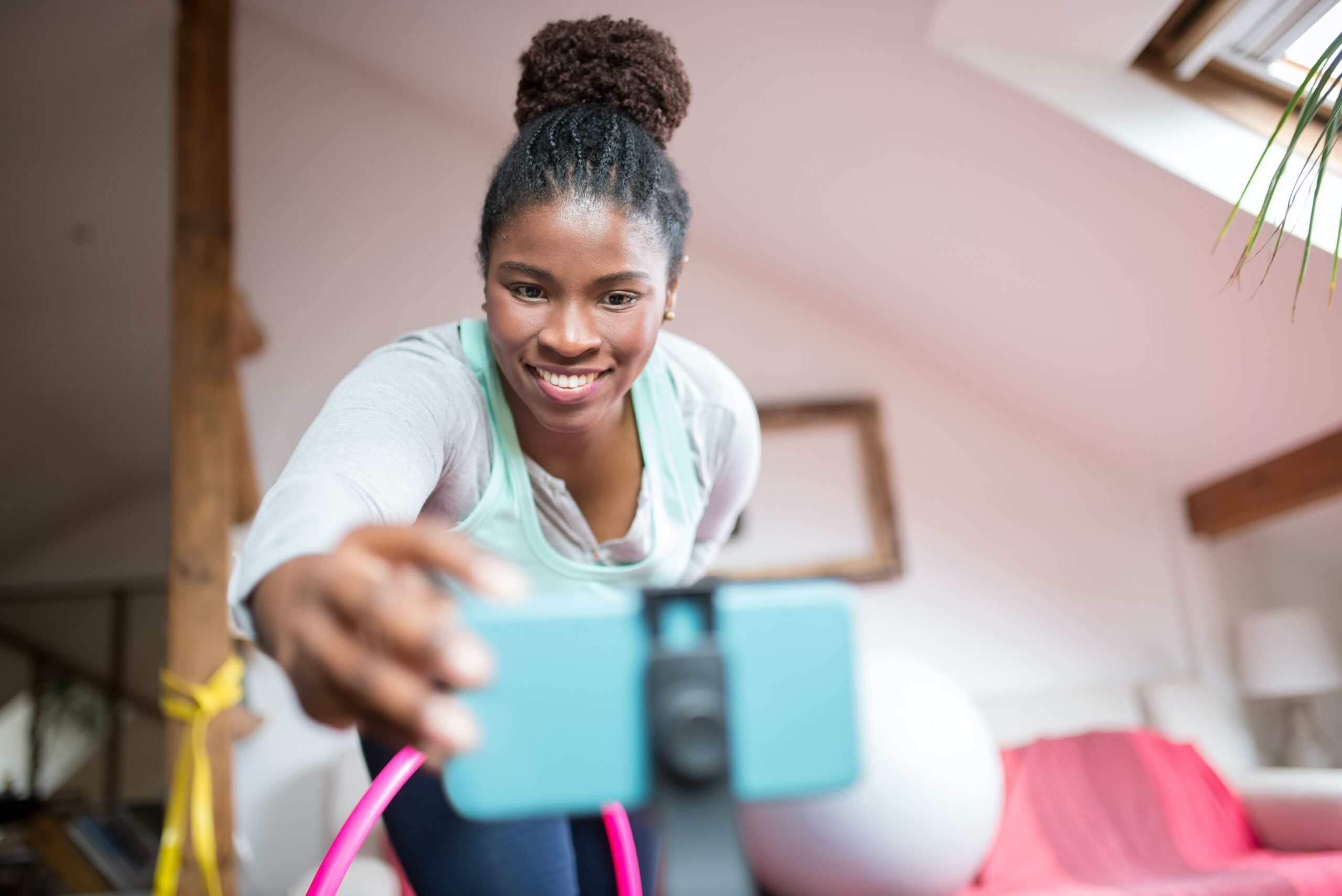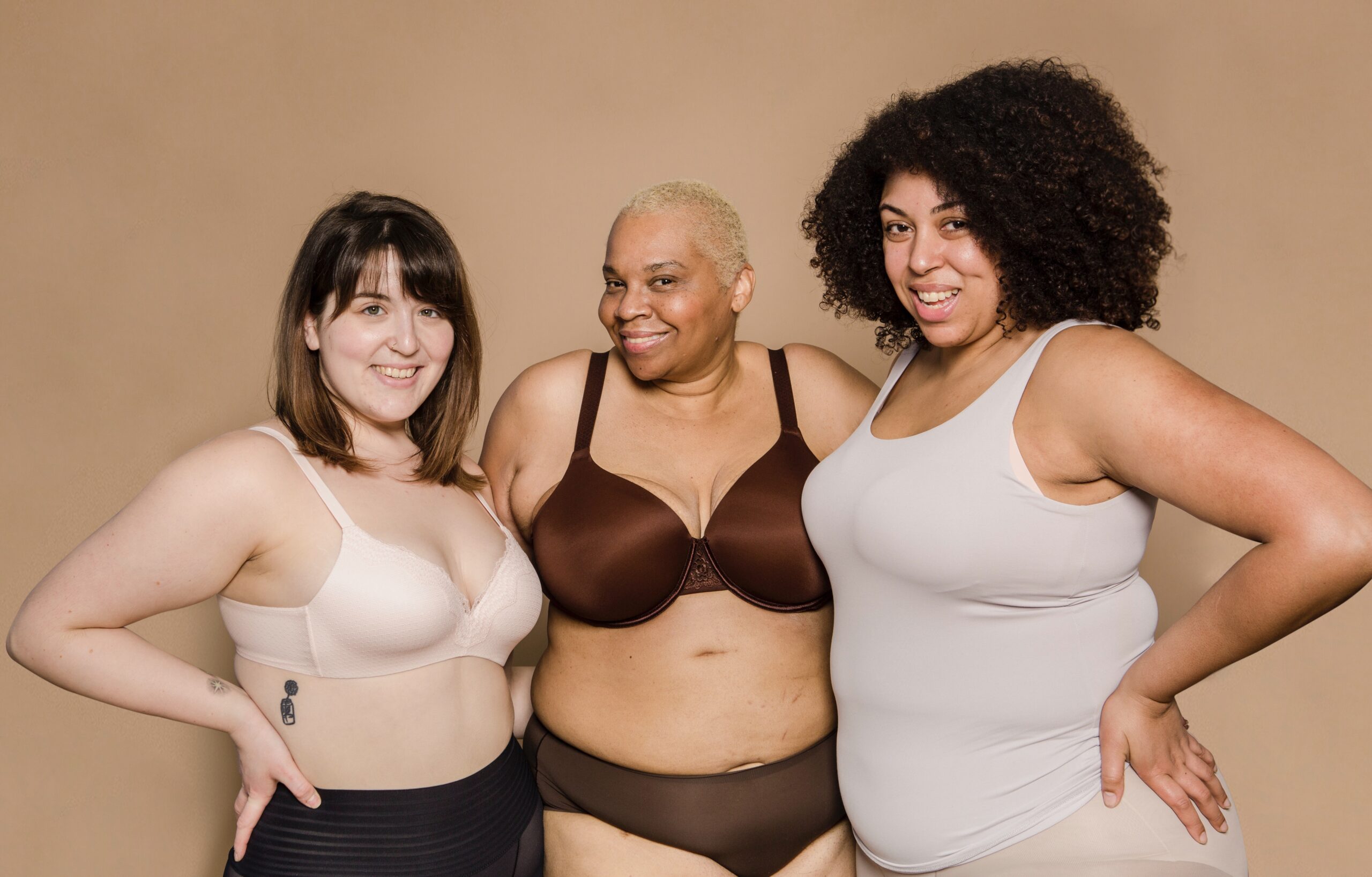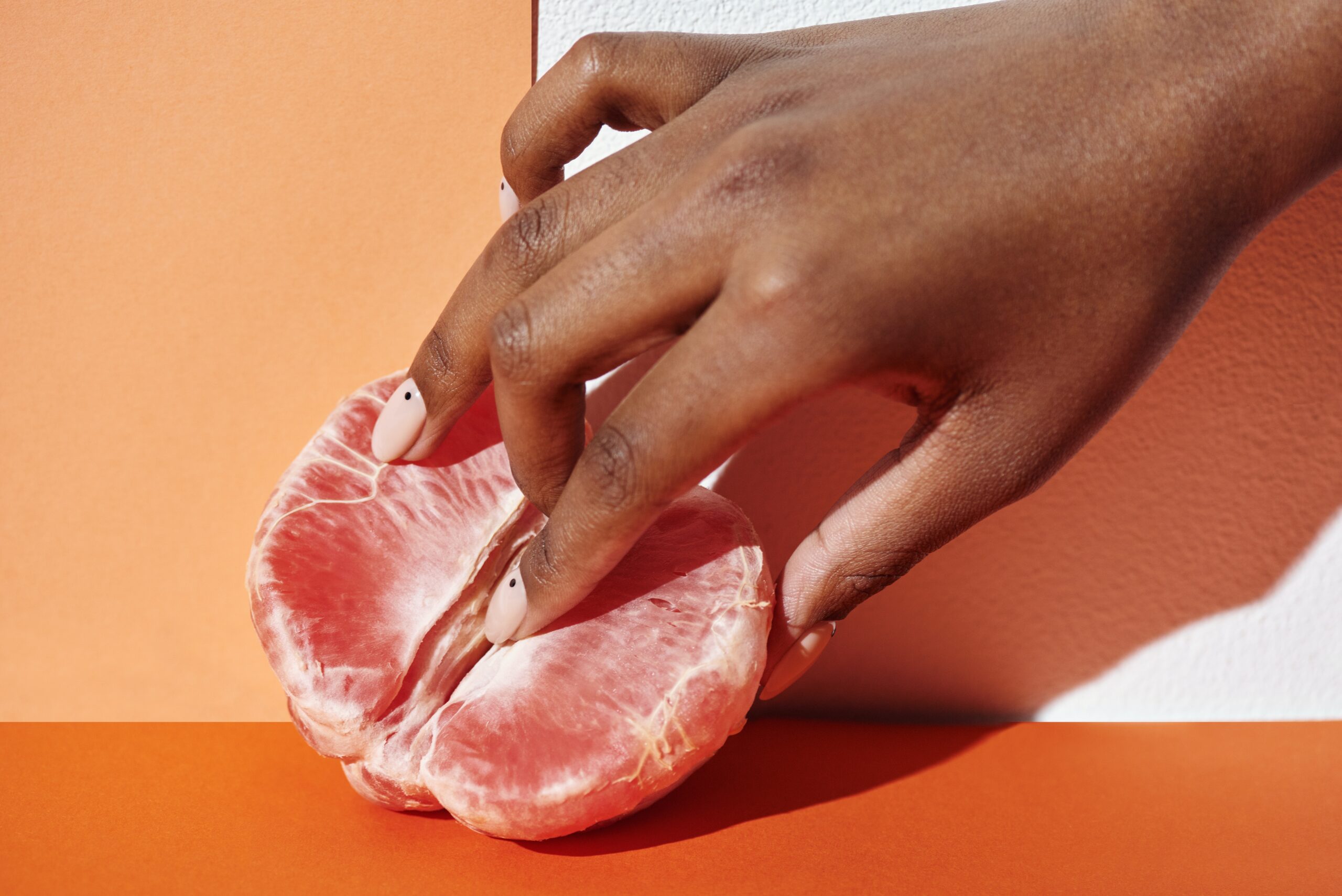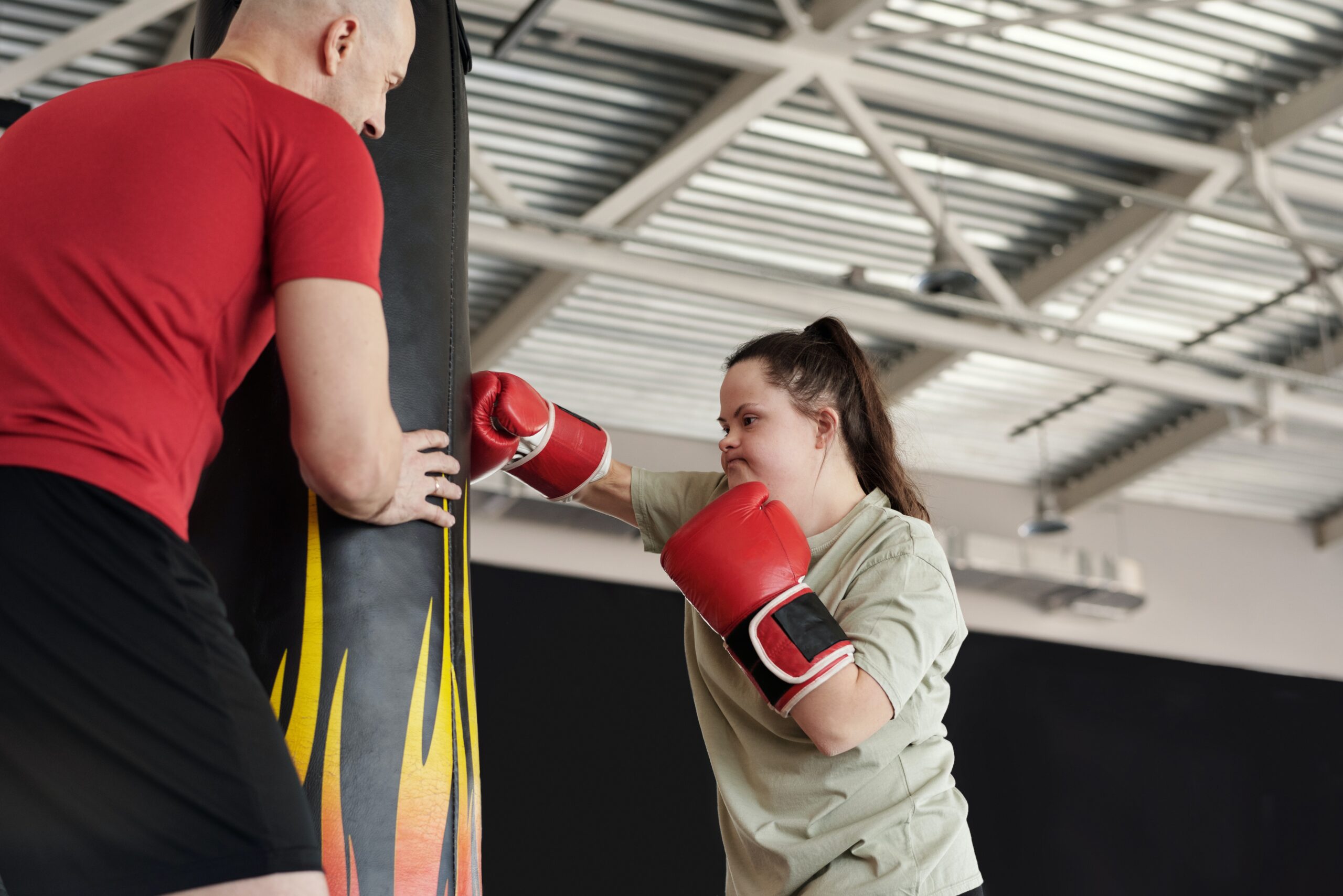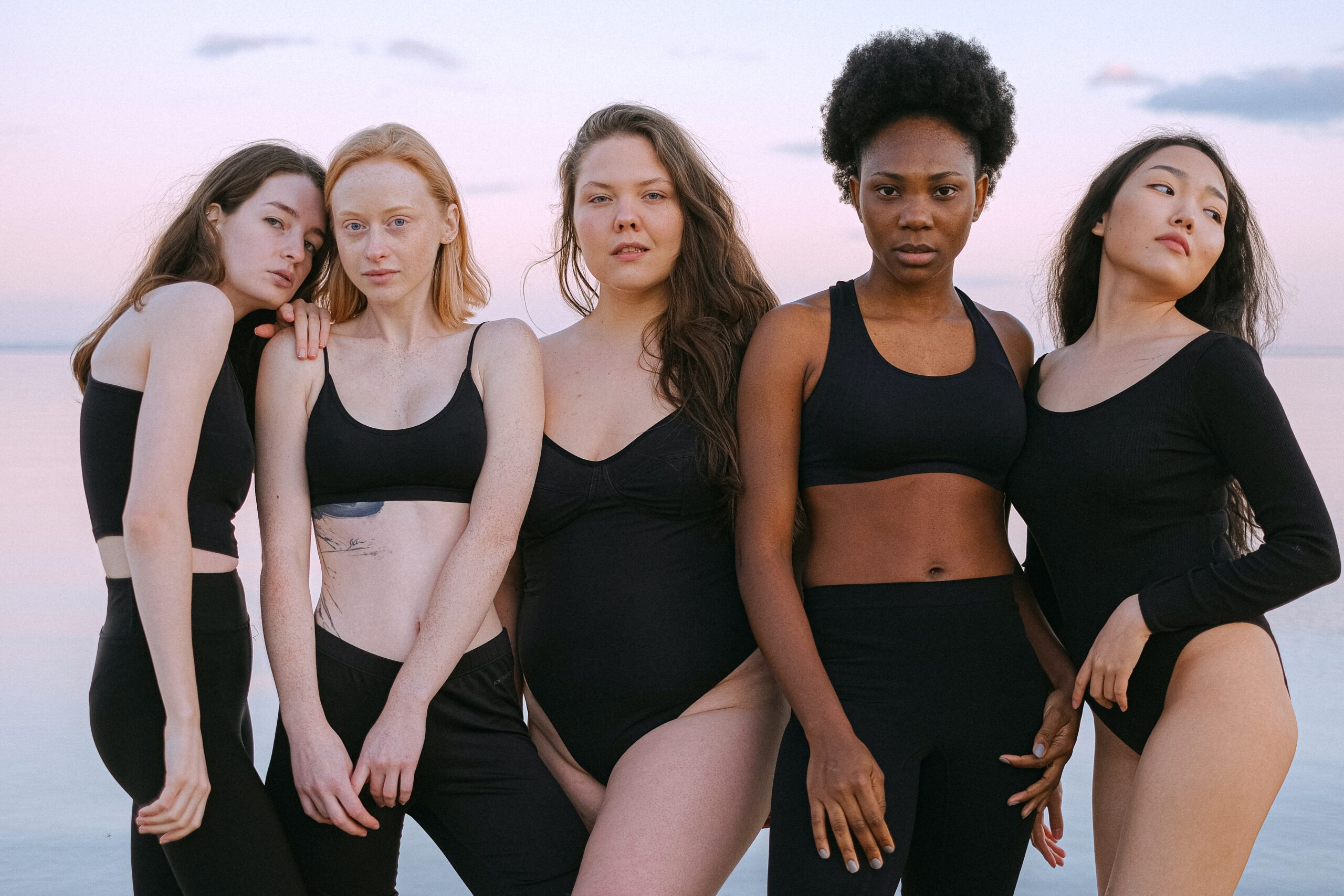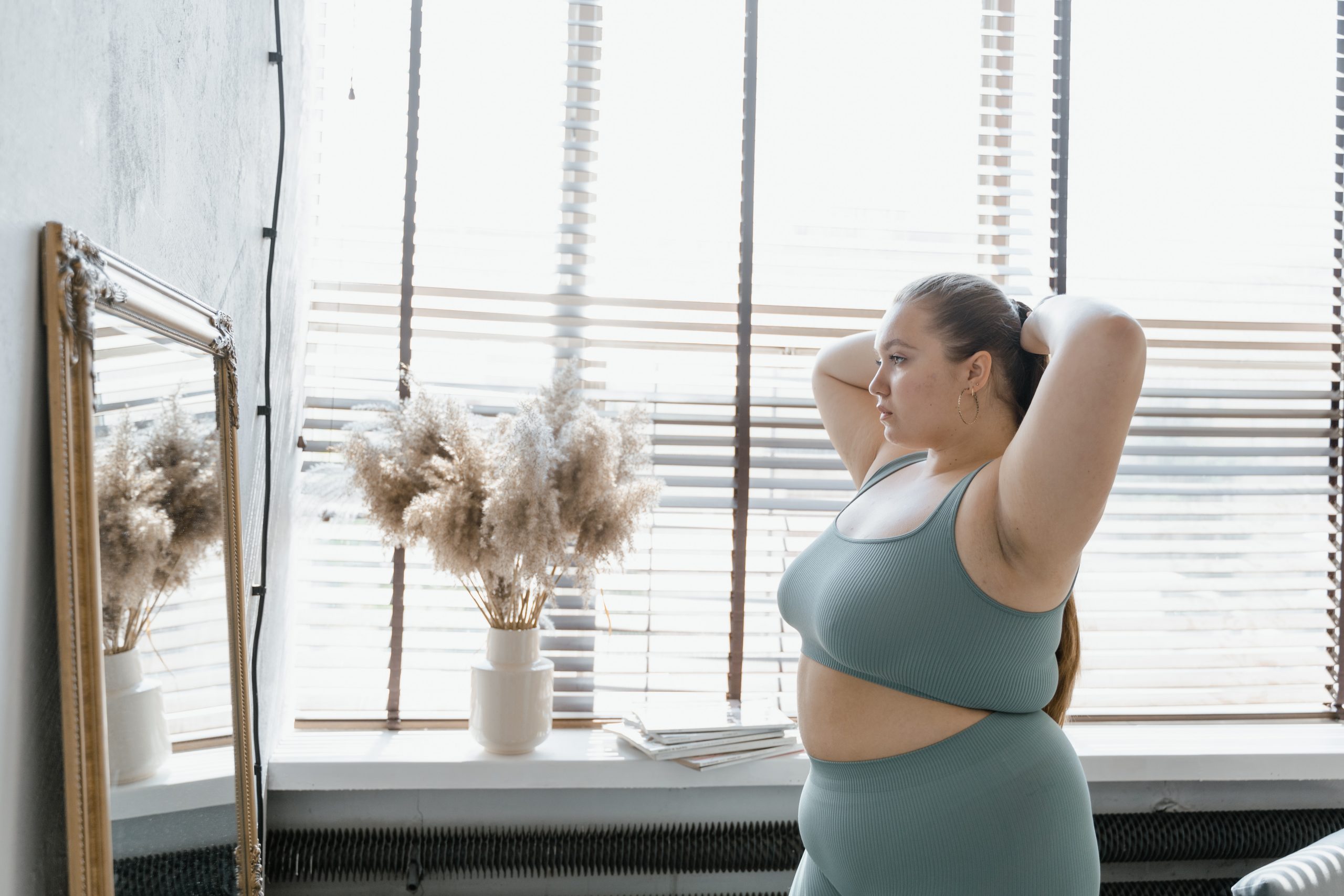
The conversation around plus size women in the fashion industry has increased a lot over the past few years with the infiltration of social media, plus size bloggers and plus size models boldly declaring there presence in an industry normally reserved for a narrowly-defined body (size zero, white, etc).
There are some who claim the term” plus size” is negative and damaging, and others who believe it is affirming. One of the latter is plus size model and history-maker Tess Holliday, who is also the badass babe behind the #effyourbeautystandards social media movement. She is the first size 22 model to be signed to a major modeling agency, and her work for brands like H&M and being chosen to be the face of People magazine’s 2015 Body issue prove there is more to be said for including different body types in the mainstream fashion and beauty industries.
In a recent interview with Paper Magazine, Tess talked about how she embraces the term because it has helped her become a role model for other curvier women.
“The term has never been used in a negative way. It’s never been used as hurtful, it’s something that’s basically just for women to kind of find where they want to shop, I guess. I do think it’s very important, especially for young women who are kind of coming into their bodies, and older women who are becoming more OK with their bodies, to have terms for being bigger,” she said.
“When they look online, or look in magazines, they see that label, or see that term, they feel like they’re not alone. They have something to identify with. I’m really a firm believer in calling it what it is. And I don’t really see anyone losing sleep over the fact that they’re called plus-size,” she concluded.

That being said, the image of a plus-size woman hasn’t necessarily always been as problematic as it is today. To understand how far we have some and how the conversation around women’s bodies has changed over time, a recent art exhibition in New York was aimed at discovering what the perception of plus size woman in society was like more than 100 years ago compared to today.
‘Beyond Measure: Fashion and the Plus Size Woman‘ was a project created by the NYU Costume Studies Masters program showing only 8 items spanning a timeline from the mid-18th century to modern day through photos, portraits, dresses, and more.
“As a complicated cultural construct itself, the very term “plus-size” evokes a myriad of reactions. The fashion industry has played an undeniable role in enabling the stigmatization of larger women’s bodies. Despite consumer needs, plus-size fashion has traditionally been given little sartorial energy. Yet women of all physiques have had to clothe themselves, and thus have stood somewhere in relation to the fashion system. The plus-size woman’s place within the history of the body and her space within the fashion industry is presented here through a diverse set of objects emphasizing her relationship to gender and body politics as well as cultural attitudes toward beauty and health,” said a description about the exhibit.
One of the student curators, Laura Wilson, spoke to Thegloss.com about the exhibit and what they hoped to achieve.
“A lot of the students who are co-curators on this exhibit have really taken an interest in how fashion manipulates, distorts and greatly influences the image of the body. So that was our starting point—fashion and the body. The topic of plus-size fashion has been ‘trending’ on blogs and social media, but also had never been given the proper space to be explored through the lens of fashion academia. We knew it was going to be a tough topic—it is a charged subject, but we felt it was a conversation that deserved to be started in fashion academia,” she explained.

The entire curation and creation of the exhibit was a class that students participated in throughout the semester, with the final project being the exhibition which was on display to the public from January 13th to Feb 3rd. With 7 students in the class, each of them was responsible for finding their own piece to add to the collection.
The “poster girl” for the exhibit was an 18th-century portrait of Madame de Saint Maurice by Joseph Siffred Duplessis. Laura says the period in which they found the most interesting discourse around women’s bodies was the late half of the 19th century when a heightened awareness of body started to infiltrate public spaces.
“In the 19th century, fashion is highly aware of how to manipulate the body to fit a “fashionable” figure. Most popular would be the corset. We also see advances in medicine and an interest in sport, all which contributed to a hyper-awareness towards the body and its image. One of the most interesting objects is a photograph of “A Ticket to Nettie the Fat Girl,” from the early 20th century. We see the cultural conscious viewing unfamiliar bodies, bodies not fitting into the fashionable ideal, being seen as morally undesirable and inferior,” said Laura.
One of the biggest points of contention with the term plus size is that there is a huge difference in the way it is represented in fashion industry as opposed to real life. In the US, the average size of a woman is between size 12-14. In the fashion world, that is most definitely considered plus size (where “normal” is size 0-2). So although in general society a size 12-14 woman is considered “average”, the ‘Beyond Measure’ exhibit specifically focused on the way the fashion industry used the term plus size.

“This topic of plus-size could really be seen at from so many different angles, but at the end of the day, we are a program that focuses on fashion so this is why we chose this term. However, if you look at the formal title of the exhibit, “Beyond Measure: Fashion and the Plus-Size* Woman,” you will notice we included an asterisk next to the word plus-size. This was to de-note that we understand that there are a myriad of terms that are used to describe this subject. We wanted to let people know how aware we are of the stigma attached to this word, and most other words we could have chosen,” explained Laura.
Within the fashion world specifically, the exhibitors wanted to display plus size fashion through the ages as a way to challenge the notion of “aspiration” which is so often touted as the reason for only portraying a certain aesthetic in fashion campaigns.
“There are the main fashion weeks, and the large fashion media outlets, both print and online, who still present images of what is considered the ideal image on standard-sized models. Then there is just an entirely separate category for the plus-size woman. She is seen somewhat pushed to the side, in terms of mainstream fashion. It is almost like a separate but equal mentality,” said Laura.
She pointed out how ‘Project Runway’s last season winner Ashley Nell Tipton, being the show’s first ever plus size designer to win a series, is indicative of change happening within the industry as reflected by the way her fashion line was promoted at NYFW.

“She designs for both the plus-size woman and the standard-sized woman equally as beautifully. It just so happens that her winning NYFW show was designed entirely for the plus-sized woman, but it wasn’t treated as a ‘plus-size collection’, but rather a beautifully made and presented collection at the highest realm of fashion no matter what the body type,” she explained.
That is probably the biggest impact we have seen from the infiltration of plus size voices in mainstream fashion – the power to break down those body-segregated categories and present plus size women alongside all other sizes as just part of what fashion is about.
The message ‘Beyond Measure’ hoped to spread more than anything else was that despite not being seen as part of the elite fashion ideal, ALL bodies throughout time are actively interested in fashion and trends, so why not challenge those narrow boundaries that tell us only one body type should be “aspirational”?
“We really want people to leave this exhibit recognizing that the plus-size woman, while not always given the proper platform, have always had a space in fashion and it has ebbed and flowed just like everything else within the fashion system,” concluded Laura.
Although the exhibit is technically over, you can take a look at the display online and take a virtual guided tour by clicking here. As Tess Holliday put it so succinctly in her Paper Magazine interview, the notion of being inclusive of different body types, specifically plus size and curvy bodies, should be a no-brainer at this point.
“I definitely think that there are more opportunities, I just wish that it was more diverse. It would be nice to see different body types, and different genders and races in the plus size industry like we see in the [sample size modeling],” she said.












